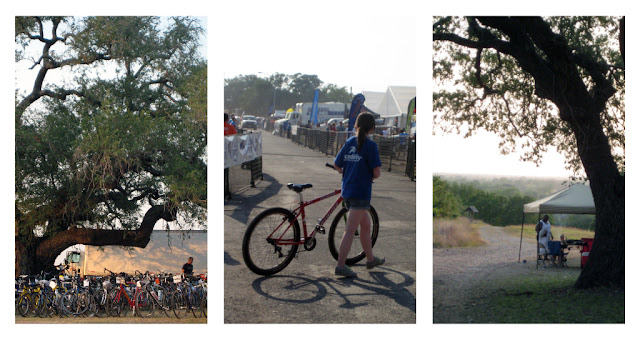Back in 2007, I put up a post on Pappadeux, the best thing going at IAH Terminal E. In 2010, it was tasty little ATL gem, Cafe Intermezzo. Over the last few weeks I've found Vino Volo, bringing the Grubbus palatable-food total in our nations air travel system to three.
Vino Volo is a small chain of wine bars in a dozen airports across the country, and a pretty radical departure for airport food. It's probably good to note here that the unexpected joy of this place comes partly from it's surroundings: against standard airport food, this place is a blowout success. Put it downtown Austin, and it's a little more run of the mill.
The Wines are the name of the game here, and they've got a remarkably good selection. It's not many places you can find Silver Oak Cabernet or an '05 Brunello di Montalcino by the glass. The wine menu is split into about a dozen sections of 2-3 wines each: California Cabs, Sparkling Whites, Tour of Spain. Each wine is available by the glass, the bottle, or as part of a flight with its compatriots. I tried an Elusiv Pinot from Monterey this time, and it was beautiful - strawberries and a little peppery on the finish.
 soapbox One nit to pick here: each wine comes with a customized coaster featuring tasting notes and placing it along a spectrum from light to brooding. Brooding. Brooding is not a taste. It is a thing that teenagers do when they don't get the car. And unless this wine tastes like what teenagers do, and I sure hope it doesn't - please, please don't say that it does. There are plenty of good words that describe taste. Use those. /soapbox
soapbox One nit to pick here: each wine comes with a customized coaster featuring tasting notes and placing it along a spectrum from light to brooding. Brooding. Brooding is not a taste. It is a thing that teenagers do when they don't get the car. And unless this wine tastes like what teenagers do, and I sure hope it doesn't - please, please don't say that it does. There are plenty of good words that describe taste. Use those. /soapboxEnough with the wines - on to the food. The food is a blast. Not genius food, but really tasty. I had the cured meat plate, and while it was no Olympic Provisions, it was really pretty delicious, down to the lovely tart pickles and coarse ground spicy mustard. The olive plate is a great starter, beautifully arranged and pungent. The cheese plate was tempting (people the next table over were raving), and they've got a couple of really nice looking sandwiches on good bread. The food is also in remarkably constrained proportions, a nice contrast to the pounds of meat that make up the burgers down the way at Fuddruckers.
 All this lovely sipping and tasting, in a tasteful, quiet, well lit space comes at a price, however. Tasty, yes, but not a cheap lunch. A glass of wine and a sandwich can set you back $30, easy. More if you drink the really choice stuff.
All this lovely sipping and tasting, in a tasteful, quiet, well lit space comes at a price, however. Tasty, yes, but not a cheap lunch. A glass of wine and a sandwich can set you back $30, easy. More if you drink the really choice stuff.For me, it's my delayed-flight treat, a little extra kick when the hours drag on - a place as far away from the airport as you can get on DTW's A-Concourse.
More photos up on Grubbus's Facebook Home








